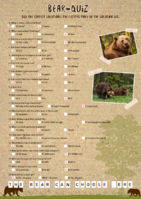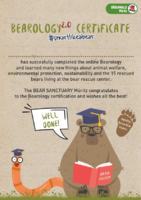
#SmartLikeABear - Week 8
We are on home straights: Week 8 of our bearology challenge
Today we start into the last week of our online environmental education. We have again some nice things prepared for you but it will remain really tricky. Those of you who have been participating in the past weeks, will pass the final test with distinction on Friday.
Meanwhile you can learn more about the bears and our work on site, so we are looking forward to your visit. Maybe you will take advantage of the nice weather and the upcoming holidays to visit us with your children.
What's happening this week?
Find the timetable and an overview over all activities below.

Overview week 8
- 14.06. - Monday
How well do you know bears? Today we have our bear quiz for you to get you in the mood for the big final examination on Friday. If you answer all questions correctly, you will get a solution sentence. Little hint: the solution sentence is a slogan that you can read particularly often in our BEAR SANCTUARY.
- 15.06. - Tuesday:
What happened here? Again there are three photos with exciting insights of natural phenomenons. Have a guess what you can see there.
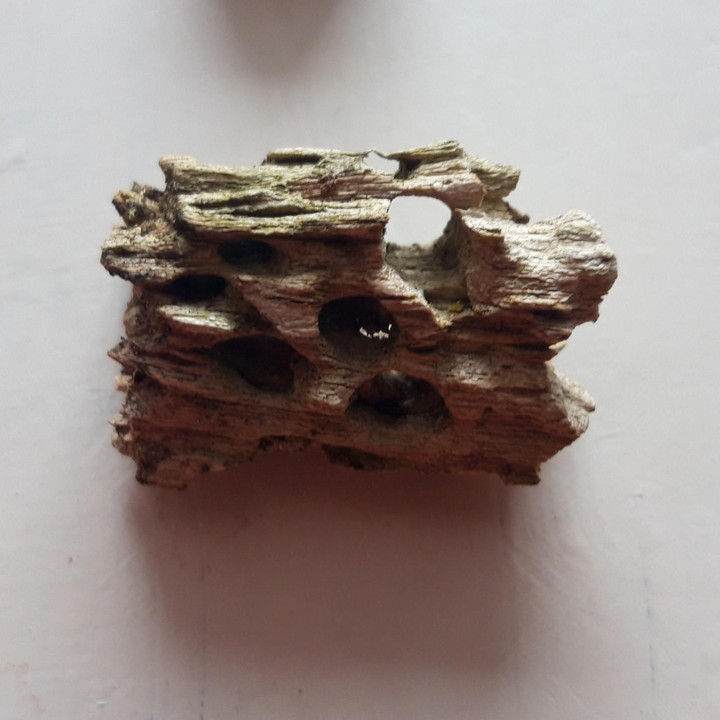
Shipworm

Collapsed Bear Den
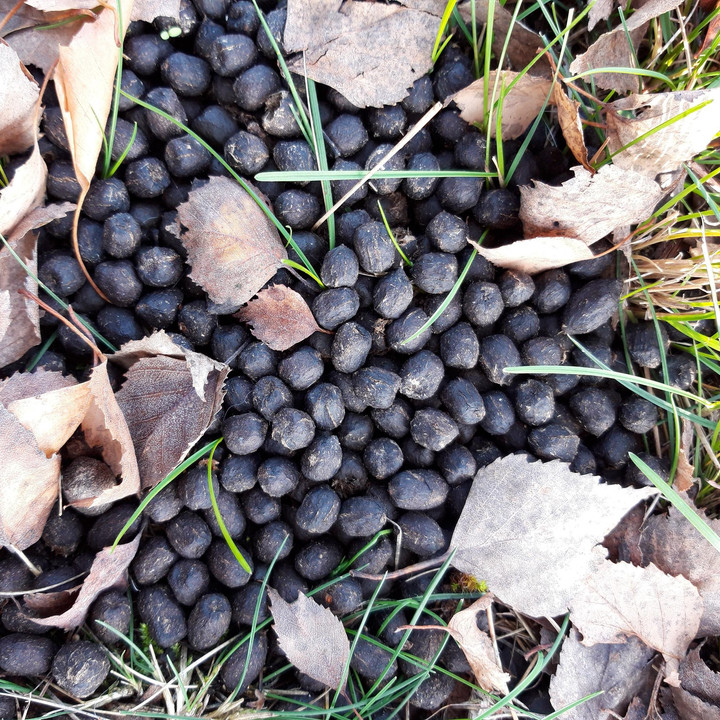
Rabbit Droppings
- 16.06. - Wednesday
Today we present our underwear project from our bistro garden.

Have you ever buried a treasure?
We have! A pair of underpants in our Naschbärbeet patch. Well, that might not be what you think of imagining a treasure, but these underpants are still worth quite a bit. For research, in this case. In Switzerland, the project "Evidence Underpants" was started and they did the same as we did.
But why?
They want to know how much the fabric is decomposed by soil organisms and thereby find out how good the soil quality is. The more numerous and the hungrier the little creatures are, the better the soil. The sooner the underpants look like Swiss cheese, the more living creatures feel at home in the soil. Makes sense, doesn’t it?

Living soil
Our soils are valuable. They filter water and air and store nutrients. A whole universe of important living beings live there, such as bacteria, insects, fungi, worms, and they recycle dead material and make it available again as nutrients for plants.
In our Naschbärbeet, the pants are also meant to show how important soil quality is for food production. And that one should be careful with artificial fertilizers and pesticides.

Want to join in?
If you want to, join in officially and register at https://www.beweisstueck-unterhose.ch.
Of course, you can also do it on your own. All you need is a pair of organic cotton underpants and a place to bury them.
In the official project, two pairs of pants are buried. You take one out of the ground after one month and the second after two months. More detailed instructions are available on their website.
- 17.06. - Thursday:
It is final week which means it is "Ask the Team" day last time for the moment. Today, animal caretaker Bianca explains if it is a bad sign when bears walk certain routes again and again. Check out the reel on our Instagram channel.
If you too have an exciting question about our brown bears, please email us at umweltbildung@baerenwald-mueritz.de or use our contact form.
- 18.06. - Friday:
After eight weeks our #smartlikeabear Challenge 2021 is coming to an end. We are so happy that so many people participated in our online environmental education. It was great to see you solving our quizzes, asking questions about our work and the bears and following along day after day.
It's almost done now. Just one more quick final test. If you and your children have been diligently participating in our online environmental education every day, you will pass this without difficulties.
As a reward, we have prepared a certificate that is as strong as a bear.
Question - of -
Young bears sometimes climb trees to escape adult male bears.
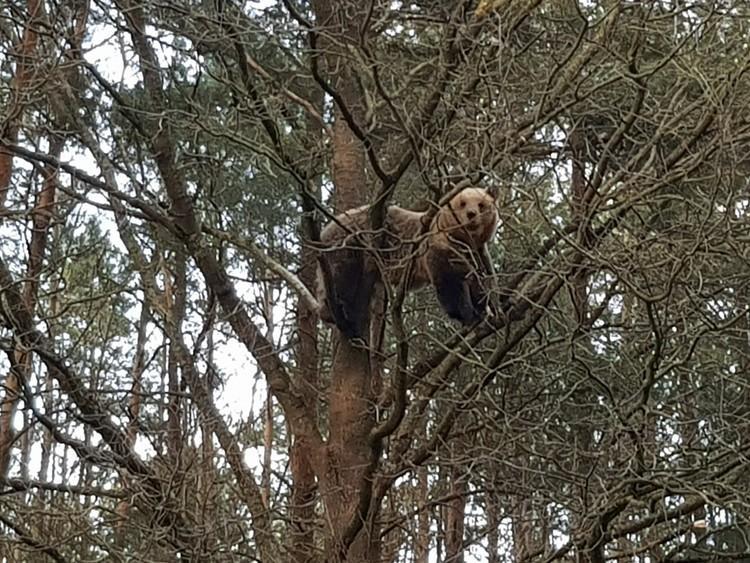
What is celebrated worldwide every year on 22 April?
Which of the following plants is poisonous and does not belong in a wild herbs salad?
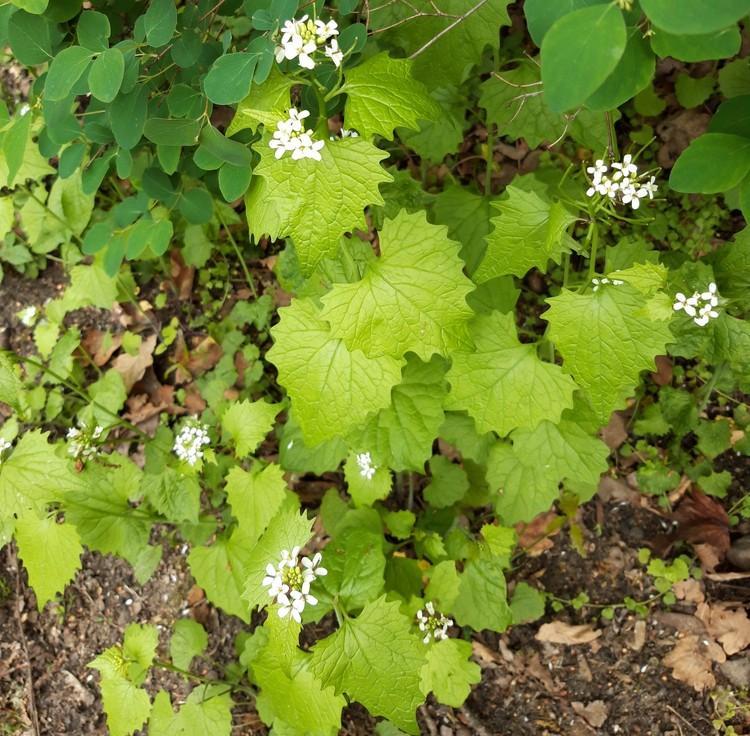
What is a woodpecker forge?
Like many other animals, bears change their fur seasonally.
What proportion of Germany is forested?
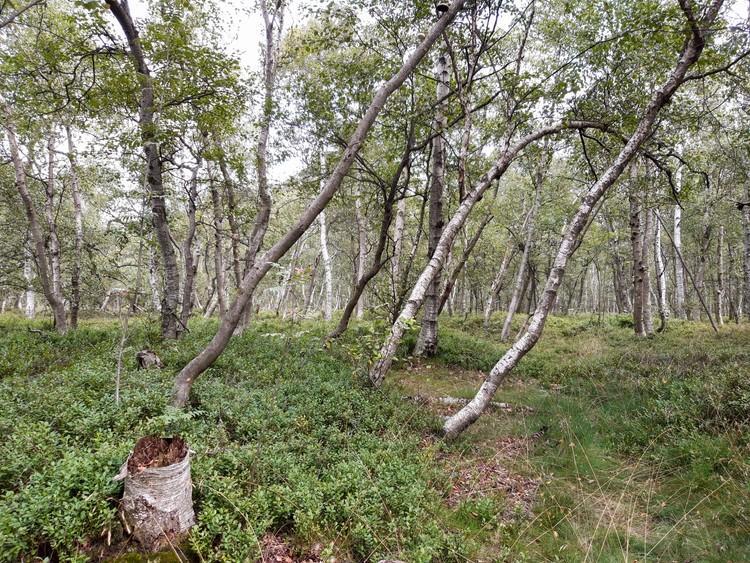
Bears can retract their claws like a cat and therefore do not injure their cubs.
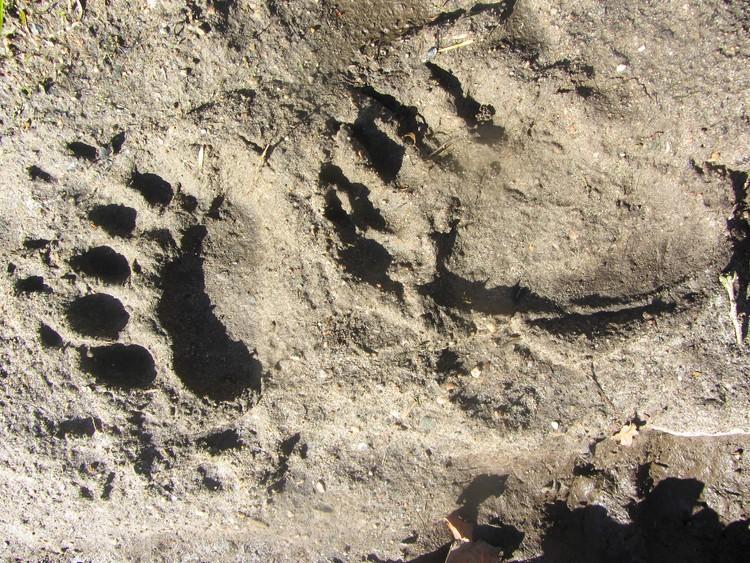
As honey has an antibacterial effect, i.e. it prevents the growth of bacteria, our bears are given honey as often as possible. This prevents tooth decay.
How much clothing is bought on average per capita per year in Germany?
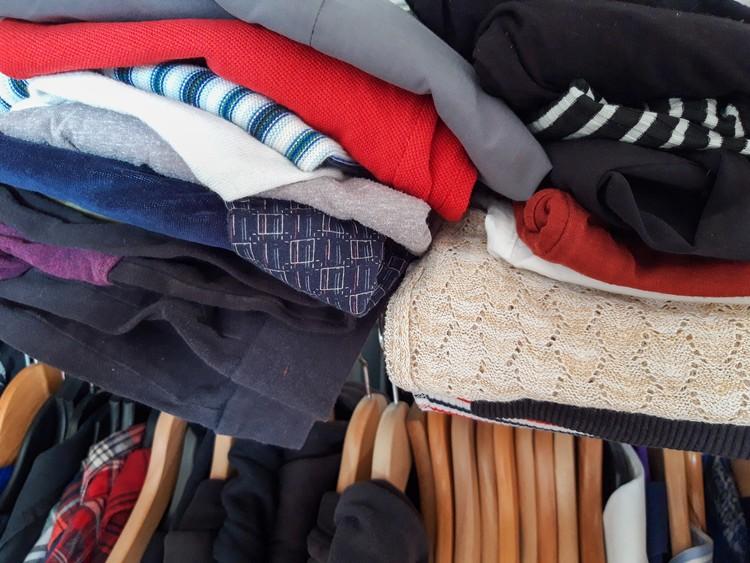
How much wilderness do we have in Germany?
What is bird strike?
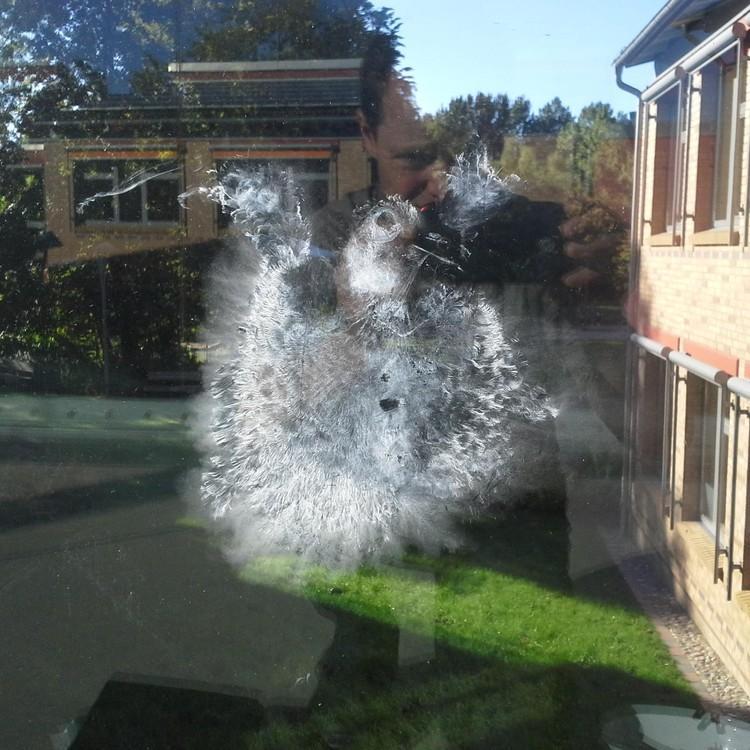
What is a cable bear?
Points reached:
Now that you have successfully accomplished eight weeks of Bearology, you earned the titel Bearologist! Our smart bear Hubeart signed your Bearology certificate. You can download it below, print it out, fill in your or your children's name and hang it on your wall.

